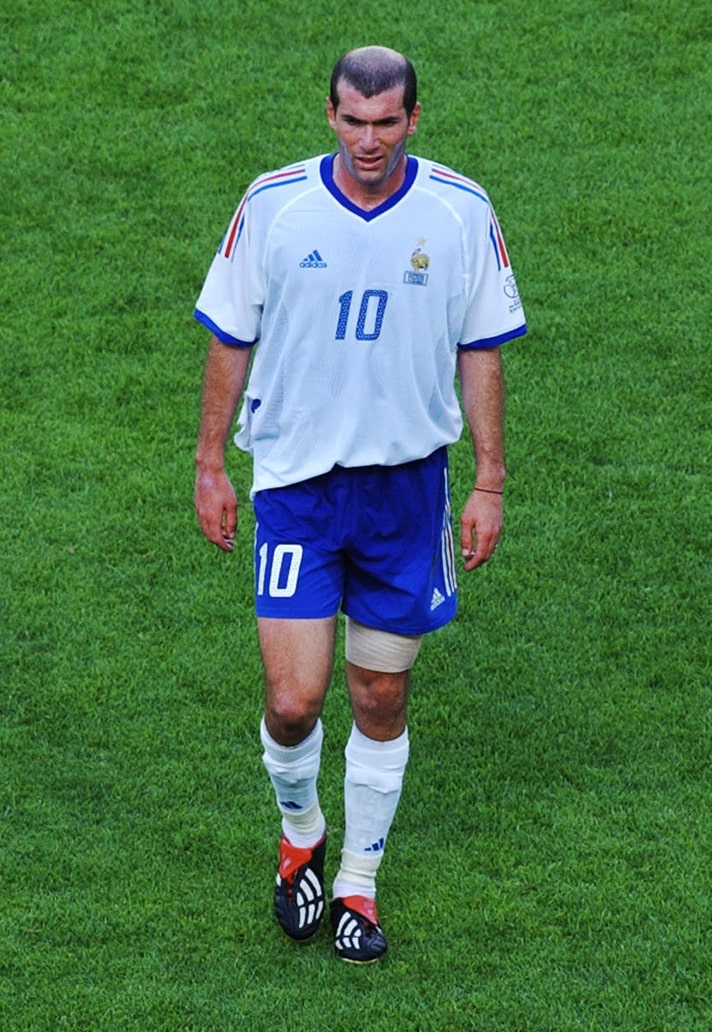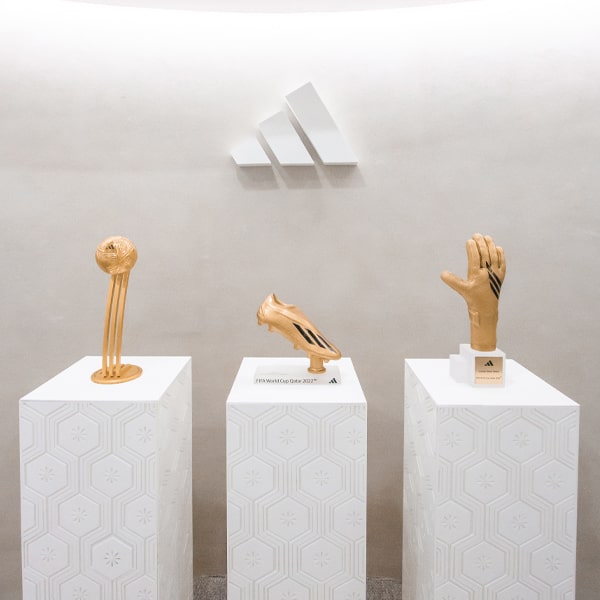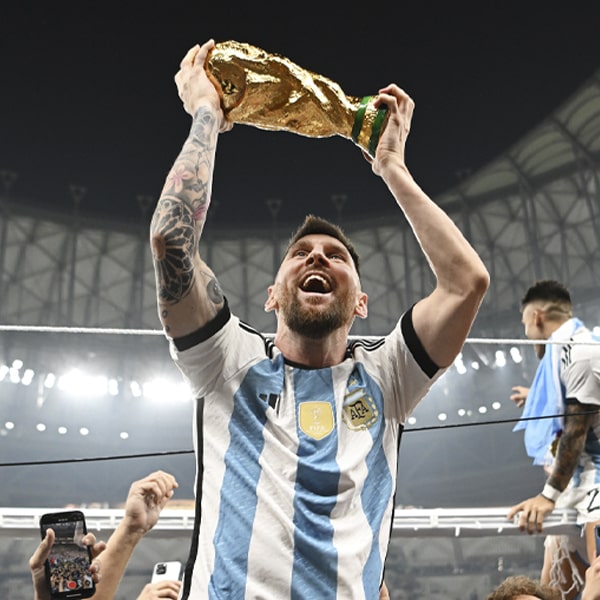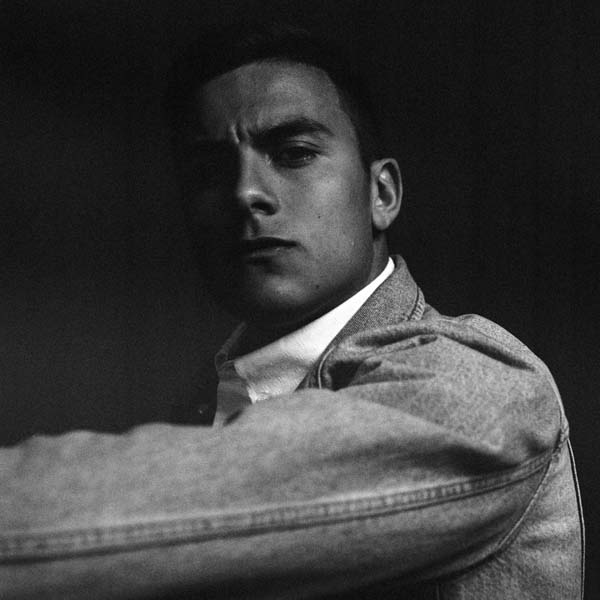Perhaps it’s the nostalgia talking being that it was 20 years ago, but for us, 2002 was a golden era for football culture, epitomised by the World Cup in Japan and South Korea. The players, the products, the marketing, it all just struck the perfect balance that accelerated a new direction for the game.
Sure there were other huge global tournaments before it in our lifetimes: there was the passion of Italia ’90 (for those that can remember it), the spectacle of USA ’94, and the scenes of France ’98, but in 2002 everything just clicked, from products to players, hype to hysteria – it had it all. This was a landmark occasion: it was the first World Cup of the 21st Century while also being the first to be hosted in Asia. Add to that a golden generation of players and a rapid evolution of product and innovation, combined with a greater consumer demand spurred on by the increasing influence of the internet and the pieces were well and truly set.
The seeds had already been sown in the preceding World Cups, not least with Nike’s emergence in ’94 and subsequent elevation in ’98, thanks to the debut of the Mercurial on the feet of the majestic Ronaldo. Four years on, and the Swoosh’s position in the game had well and truly evolved to see them as a genuine rival to adidas, for whom the Predator stood as the pillar of perfection. While the action on the pitch did not disappoint (Senegal upsetting World and European Champions France in their World Cup debut, South Korea ploughing their way to the semi-final, Beckham banishing the demons of the last World Cup by blasting the ball into the back of the Argentina net, early Ronaldinho alongside peak Ronaldo) the hook came from the whole package, which started building well in advance.
Over the four years since the last World Cup, Nike had gone about rapidly building itself as a force in football, bolstered by the continuing evolution of both the Mercurial and the Tiempo. The Swoosh positioned Ronaldo as their lead man heading into the 2002 World Cup in Japan and South Korea, arming him with a new weapon with which to conquer the world: the Mercurial Vapor.
But they also now had a third icon in the making in the form of the Air Zoom Total 90. The first edition had made its mark in 2000, and now, ahead of the 2002 World Cup, there was the Air Zoom T90 II – possibly the peak of the series. Worn by the likes of Luis Figo, Paul Scholes, Roberto Carlos and Francesco Totti it featured a soft KNG-100 G synthetic construction along with that signature asymmetrical lacing system, highlighted with the band of colour that flashed from tongue to toe. This was a football boot of the future, and no mistake.
The product was one thing, but Nike also had the players to back it up, as was highlighted in what we will forever argue is the greatest football ad campaign in history. 24 of the best players in the world. Eight teams. Three-a-side. On a ship. In a cage. First goal wins. Oh, and throw in a catchy tune that you never would’ve sung before it was remixed and featured in this ad, but couldn’t stop singing after, plus Eric Cantona off his nut hosting proceedings, and what have you got? The Secret Tournament. It captured the imaginations of a generation of fans, gathering up a who’s who of global super stars and cramming them together in a cross-over that the MCU would be proud of. Yep, Nike certainly knew how to build the hype, and this started way back in March.
To focus solely on Nike would be to miss so much else though, not least a certain icon of the game that had also recently undergone an evolution ready for Japan and Korea. See, nothing quite hits you right in the nostalgia-nuts like the adidas Predator Mania; that simplistic trio of black, white and red – made strong by previous Predator silos and established by that elasticated fold-over tongue. Following in the footsteps of the Accelerator in ’98 and the Precision in ’00, the Mania was the Three Stripes’ key boot for the 2002 World Cup, gracing the feet of some of the world’s best, including Beckham, Zidane, Raul, Rui Costa and Del Piero, to name but a few. Zizou had already announced the boot to the world in spectacular fashion by scoring one of the greatest goals ever in a Champions League final, and now it was set for the biggest stage of them all, and it was going to get suitably dressed for the occasion.
2002 was still a time when the majority of football boots were black, but the Mania was one of the first boots to be released in numerous colour options, giving players the gift of choice. Gun Metal, Red, Blue – it was a statement not just a solution. But there was one that stood above the rest, lending the Mania a level of prestige that has rarely – if ever – been seen again: the Champagne colourway.
For adidas, there was only one player who could pull off the Champagne Mania with such flair for the 2002 World Cup – a boot designed to complement the match ball for the tournament. It was David Beckham’s first World Cup as England captain. He’d heroically dragged his country onto the plane to Japan with a last minute free-kick against Greece at Old Trafford, he’d been named FIFA Player of the Year Runner-Up and his side had been drawn in a group with Argentina, with memories of 1998 still fresh in the mind of every England fan. Sure, Del Piero and Rui Costa flew the flag for their respective nations in the Champagne colourway, but it was really all about prime Beckham.
Equipped with a different personalised pair for each England match that summer, Beckham added his children's names in Japanese to the famous Mania tongue, along with the St George's flag and the name of England's opposition. It was a move that kicked off the 'personalisation' movement, and thousands of kids wanting to write stuff on their boots.
As with the boots, the kit battle was fought mainly between Nike and adidas, who boasted a combined total of 18 out of 32 possible sponsorships between them. It was a time where kit design was moving away from the big, baggy and bold shapes of the 90s – although it hadn’t been entirely abandoned – favouring more performance driven designs instead. Not to be outdone though, it was a battle between PUMA and Kappa for catching the most attention for their designs; the former controversially trying to send Cameroon out in sleeveless vests and the latter continuing the skin tight-trend from Euro ’00 for Italy. The early signs of the Teamgeist kits of 2006 were there to see in the Three Stripes’ kits, while Nike’s ventured down the dreaded template route.
Then there was the match ball. The first World Cup ball to move away from the Tango template, the Fevernova introduced a fresh new look for adidas, with that fiery graphic and gold base colour. Yep, a gold World Cup ball. At the time it was unheard of. The Tricolore from four years ago was revolutionary in that it was the first time a colour other than black and white was introduced in the design, with the graphic taking on a blue colouring with hints of red, all on that white base to tie in with the flag that it was named after. But this? A golden ball? The ball with which Ronaldinho made a fool out of David Seaman? It became iconic in its own right.
However, all the products would be nothing without the players, and this was a time when they were coming into more focus than ever, off the pitch as much as on it, led once again by Beckham. Suddenly it was acceptable to wear accessories, to personalise your appearance and your boots, to stand out from the crowd. Whether it was through a controversial hairstyle (we’re thinking more Beckham than Ronaldo) or through a flamboyant nature, it was more than acceptable, it was downright encouraged, giving rise to the modern footballers we have today.
All combined to not only make 2002 one of the most memorable World Cups of all time (controversies aside), but to kickstart football for the new millennium, acting as a catalyst for where we are today. For all the World Cups that there have been before and after, none have captured the imagination and altered the trajectory for football culture in the way 2002 did.
Good times…




















